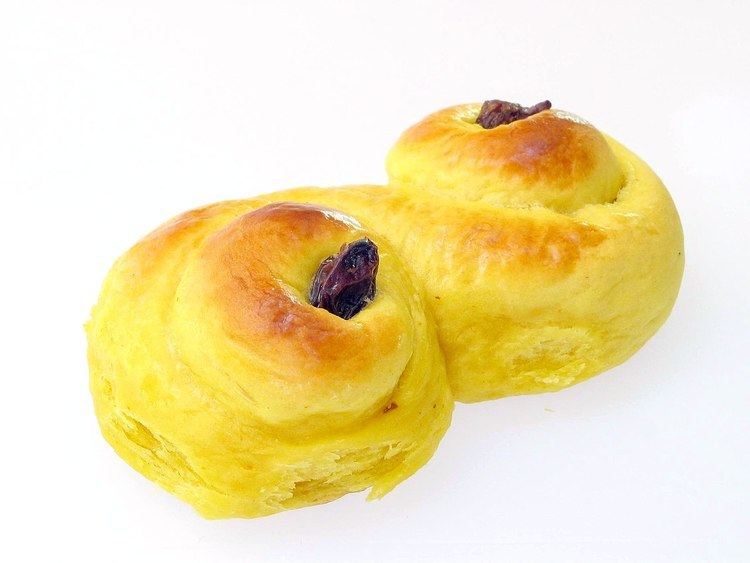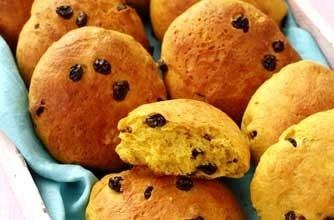 | ||
Similar Saffron, Knäck, Bun, Cinnamon roll, Almond paste | ||
How to make saint lucy s day saffron buns with magnus nilsson
A saffron bun, Cornish tea treat bun or revel bun, Swedish lussebulle or lussekatt, Norwegian lussekatt, is a rich, spiced yeast-leavened sweet bun that is flavoured with saffron and cinnamon or nutmeg and contains currants similar to a teacake. The main ingredients are plain flour, butter, yeast, caster sugar, currants and sultanas. Larger versions baked in a loaf tin are known as saffron cake.
Contents
- How to make saint lucy s day saffron buns with magnus nilsson
- How to make lussekatter swedish saffron buns hilah cooking
- References

In parts of Britain, the buns were traditionally baked on sycamore leaves and dusted with powdered sugar.
The "revel bun" from Cornwall is baked for special occasions, such as anniversary feasts (revels), or the dedication of a church. In the West of Cornwall large saffron buns are also known as "tea treat buns" and are associated with Methodist Sunday school outings or activities.

In Sweden and Norway no cinnamon or nutmeg is used in the bun, and raisins are used instead of currants. The buns are baked into many traditional shapes, of which the simplest is a reversed S-shape. They are traditionally eaten during Advent, and especially on Saint Lucy's Day, December 13. In addition to Sweden, they are also prepared and eaten in much the same way in Finland, above all in Swedish-speaking areas and by Swedish-speaking Finns, as well as in Norway and Denmark.

Most commercially available saffron buns and cakes today contain food dyes that enhance the natural yellow provided by saffron. The very high cost (it is the world's most expensive spice by weight) makes the inclusion of sufficient saffron to produce a rich colour an uneconomical option. The addition of food colouring in Cornish saffron buns was already common by the end of the First World War when the scarcity of saffron tempted bakers to find other ways to colour their products.

